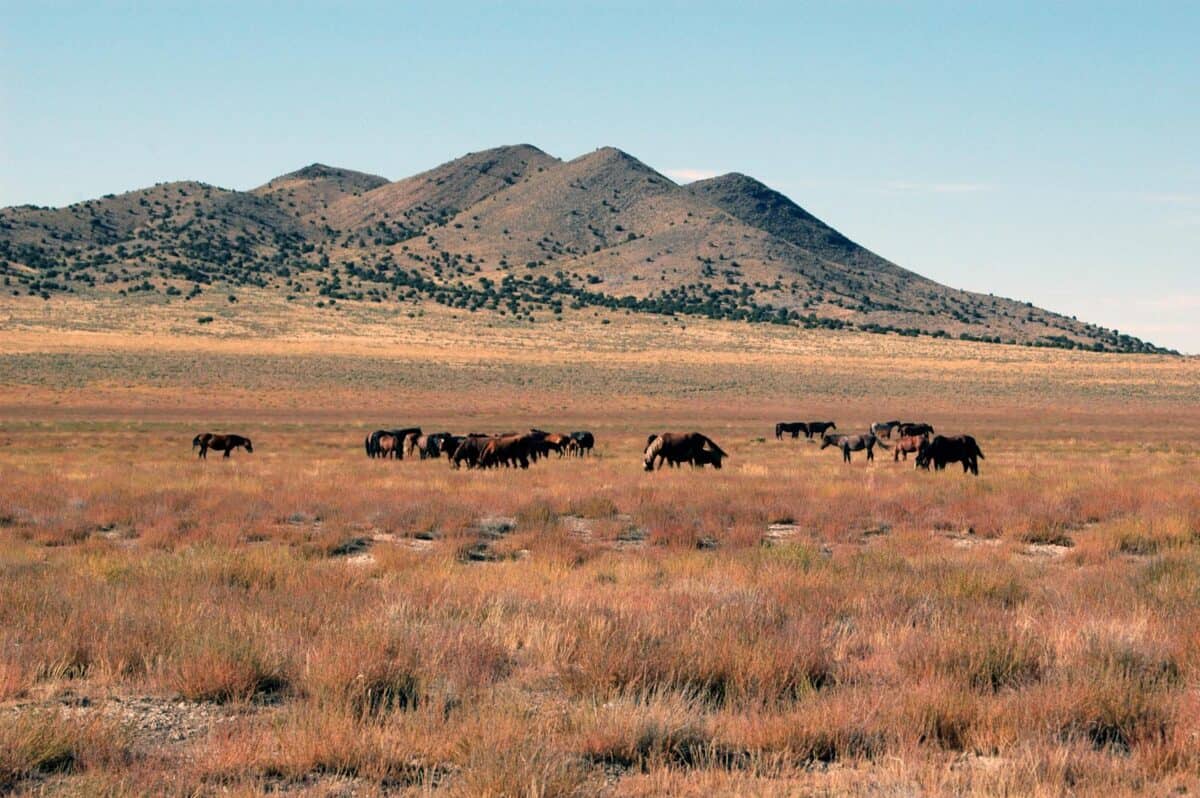The vast, untamed landscapes of Nevada are home to a unique chapter of American history—wild mustangs. These resilient animals are more than just symbols of freedom; they embody the spirit of adventure and discovery that has shaped the United States. Through centuries of changes, these wild horses have become an integral part of America’s cultural and natural heritage.
The Origin of Nevada’s Wild Mustangs
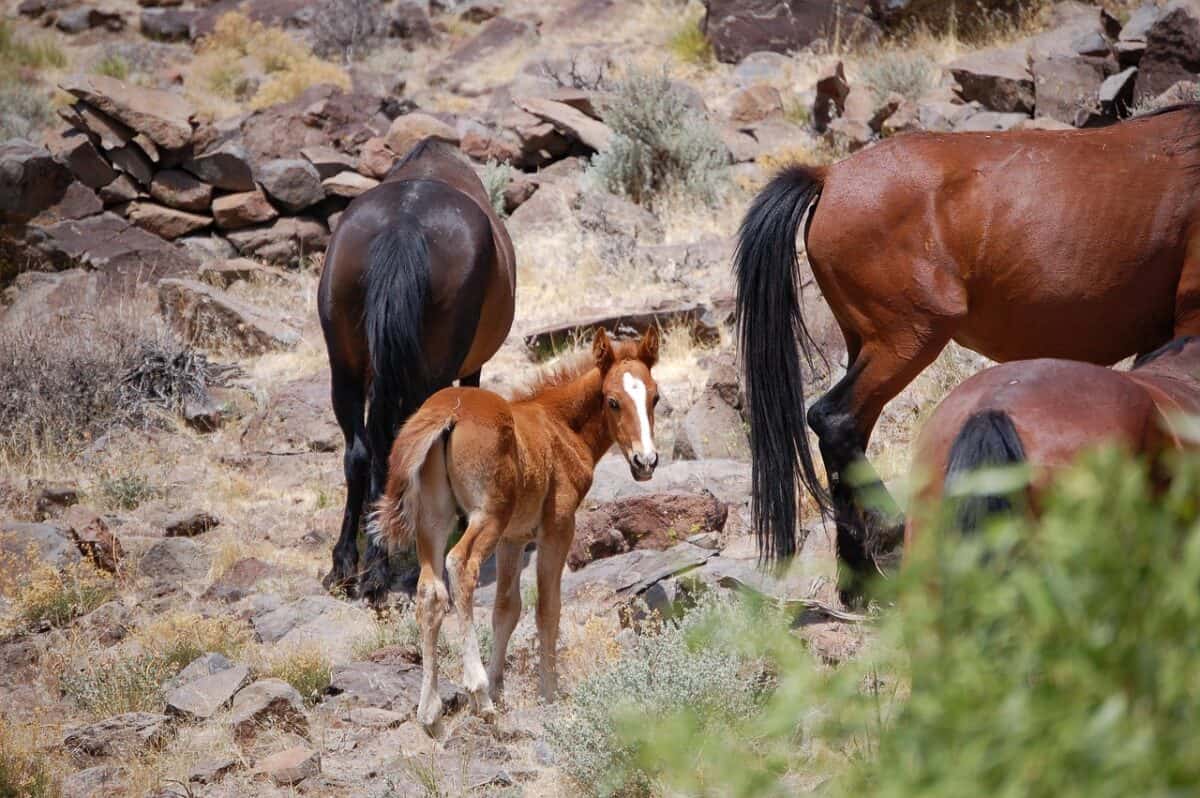
The story of Nevada’s wild mustangs begins in the 16th century when Spanish conquistadors first brought horses to North America. Over time, some of these horses either escaped or were released, leading to the development of free-roaming herds across the continent. In Nevada, these horses adapted to the rugged terrain and harsh climates, evolving into the robust mustangs we see today.
A Symbol of Freedom and the American West
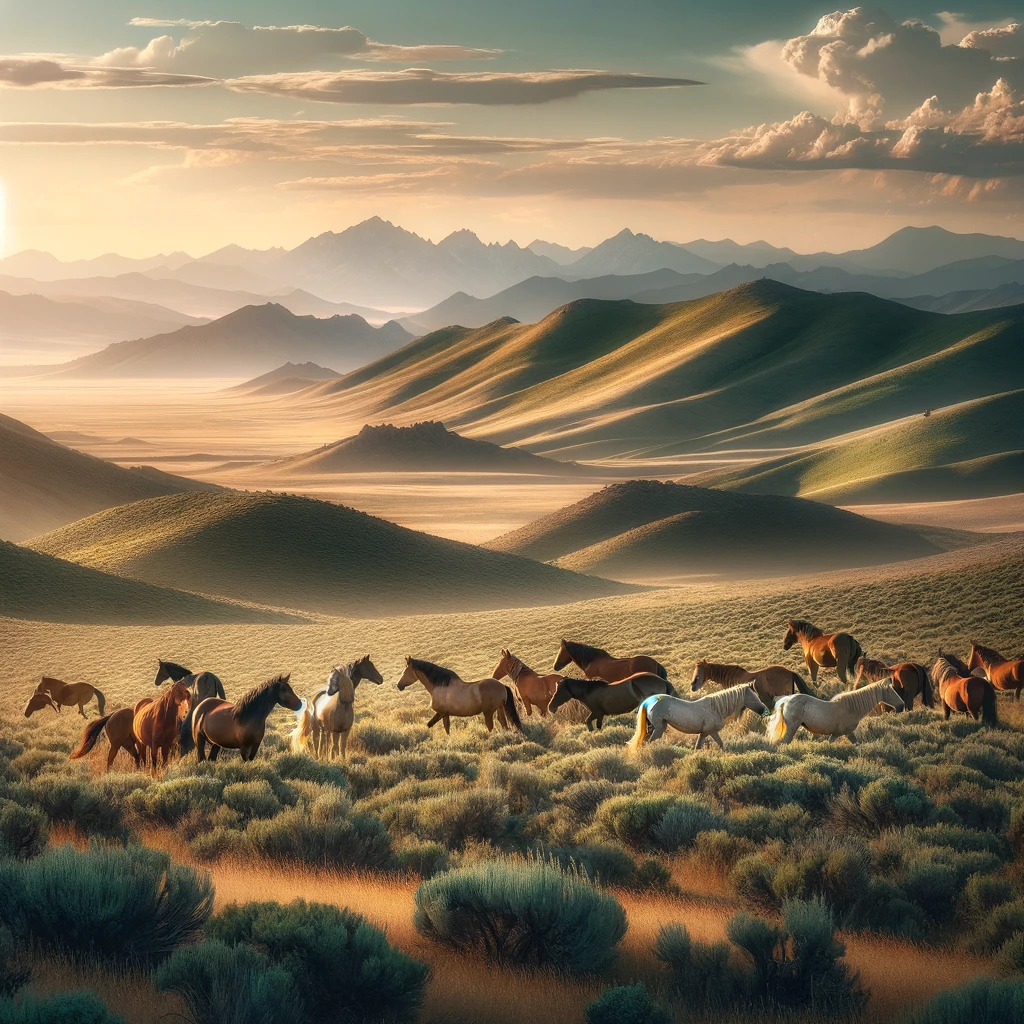
Mustangs are synonymous with the American West, symbolizing the untamed spirit of the frontier. They represent the ideals of independence and resiliency, serving as living reminders of the nation’s adventurous past. Artists, poets, and filmmakers have immortalized these animals, highlighting their significance in American folklore and identity.
The Herds of Nevada
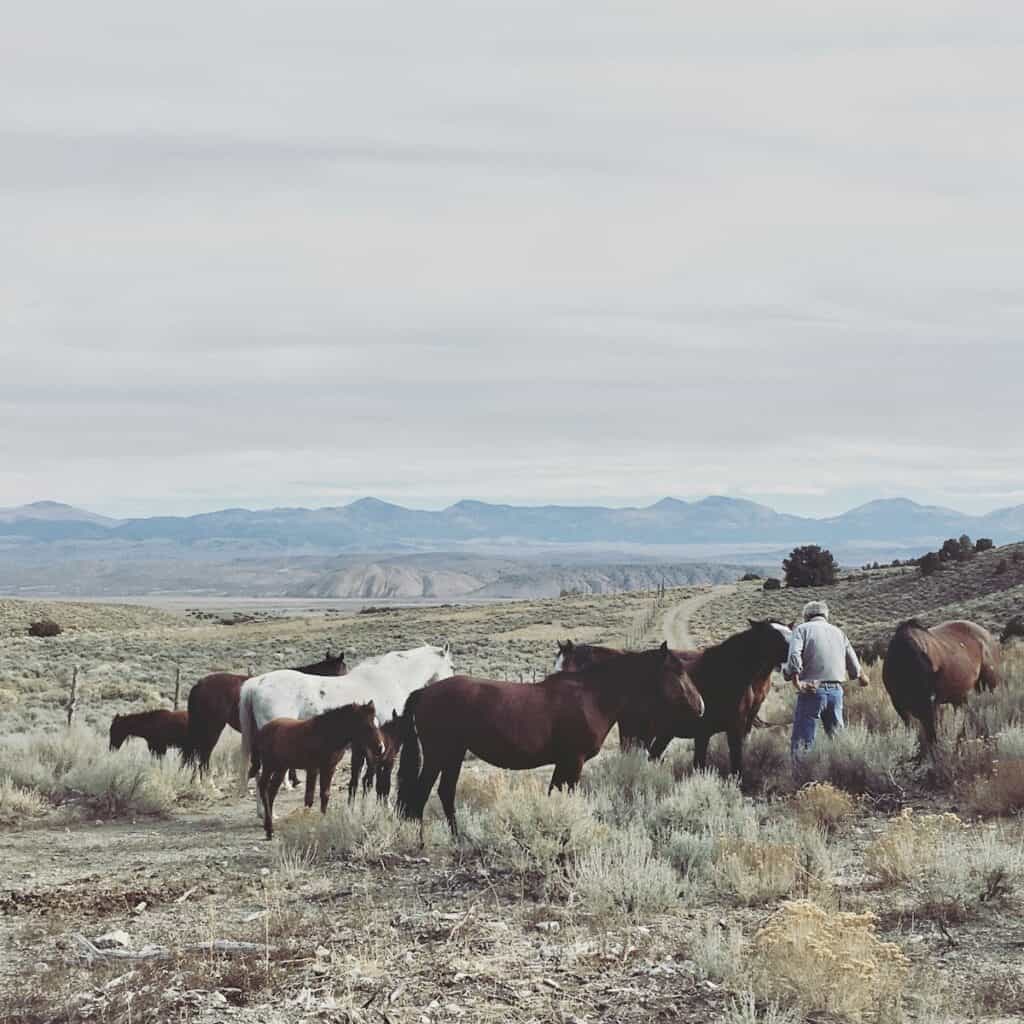
Nevada is home to the largest population of wild horses in the United States. Approximately 20,000 mustangs roam across its vast deserts and mountain ranges. Managed by the Bureau of Land Management (BLM), these herds play a crucial role in the state’s ecosystems, contributing to the ecological balance of their habitats.
The Mustang’s Unique Genetic Heritage

The genetic makeup of the wild mustangs is a testament to their diverse lineage. Over the years, these horses have interbred with various breeds, including draft horses and Thoroughbreds. This genetic diversity gives mustangs their distinctive physical characteristics, making them a hardy and versatile breed perfectly suited to their environment.
Daily Life and Behavior of Mustangs
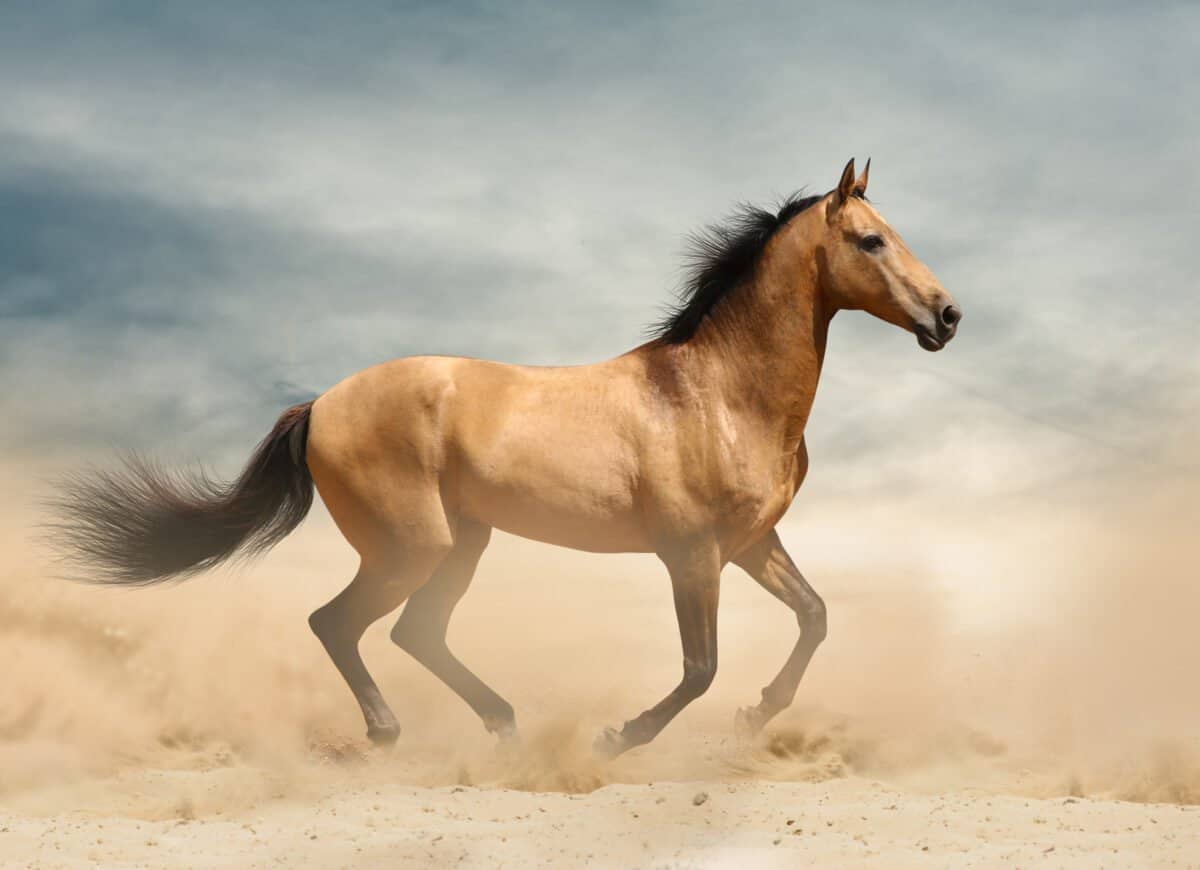
In the wild, mustangs live in family groups known as bands. These bands typically consist of a dominant stallion, several mares, and their offspring. Mustangs exhibit a complex social structure and communicate using a series of vocalizations and body language, creating strong bonds within their group that aid in their survival.
Adapting to Nevada’s Harsh Environments

Nevada’s wild mustangs thrive in a challenging environment marked by extreme temperatures and scarce resources. Through centuries of adaptation, they have developed remarkable traits such as efficient water retention and the ability to subsist on sparse vegetation. Their survival skills are a testament to their resilience and remarkable evolution.
Challenges Facing the Wild Mustangs

Despite their iconic status, wild mustangs face numerous threats, including habitat loss, competition for resources, and policy debates over land management. The growing human population and expanding infrastructure are significant pressures, leading to conflicts over land use and conservation efforts.
Efforts in Mustang Conservation
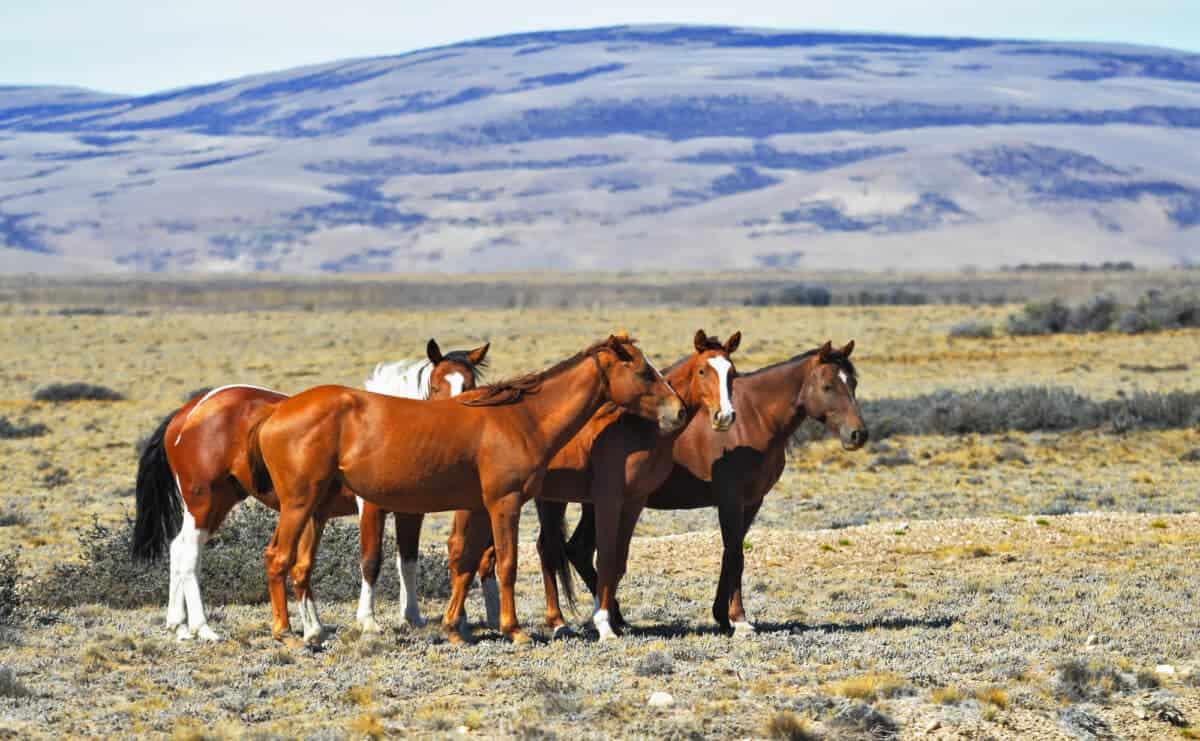
Various organizations and government agencies are dedicated to preserving the wild mustang populations. Initiatives such as the Wild Free-Roaming Horses and Burros Act of 1971, along with continuous research and adoption programs, aim to protect these majestic creatures and ensure their survival for future generations.
The Role of the Bureau of Land Management

The BLM plays a crucial role in managing America’s wild horse populations, balancing the animals’ needs with those of the ecosystems they inhabit. Through a combination of population monitoring, fertility control, and public outreach, the BLM strives to maintain sustainable herd numbers and healthy ranges.
How to Observe Wild Mustangs Responsibly

For those intrigued by these magnificent creatures, observing them in their natural habitats can be a rewarding experience. It is essential to maintain a respectful distance, avoid disturbing their environment, and adhere to all guidelines set forth by the BLM to ensure the ongoing health and safety of the herds.
The Cultural Impact of Wild Mustangs
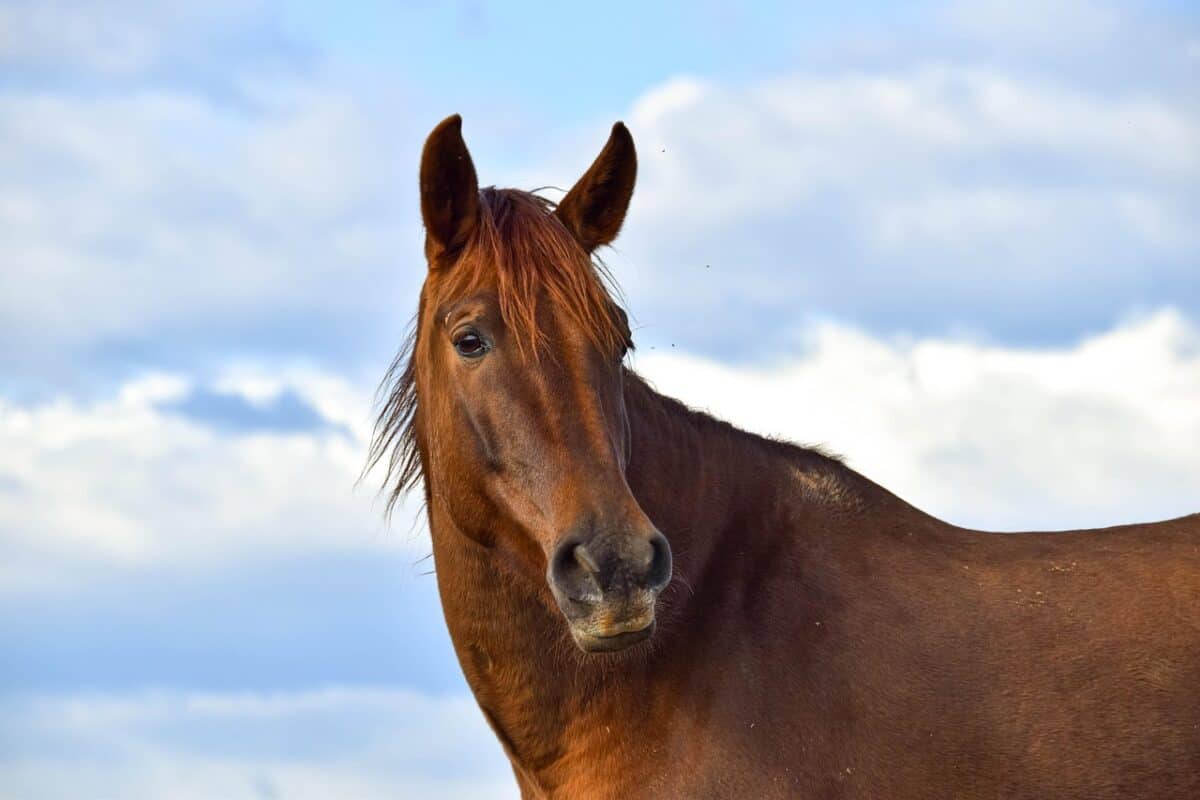
Beyond their ecological importance, wild mustangs hold significant cultural value. They inspire art, literature, and cultural expressions celebrating American history and the enduring spirit of the wild. Mustangs have become educational symbols, prompting discussions around wildlife conservation and land stewardship.
The Future of Wild Mustangs

The future of Nevada’s wild mustangs relies on continued advocacy and thoughtful management practices. By striking a balance between conservation and the needs of human populations, we can ensure that these living symbols of freedom continue to roam the American landscape, inspiring generations to appreciate and protect our natural world.
In conclusion, Nevada’s wild mustangs are more than just animals; they are living pieces of American history. Their existence reflects the nation’s past while challenging us to look towards a future of coexistence and conservation. By understanding and protecting these magnificent creatures, we preserve a vital part of our heritage and an enduring emblem of freedom.
- What Makes a Champion Racehorse? Experts Explain - August 16, 2025
- The Wild Mustangs of Nevada Are a Living Piece of American History - August 16, 2025
- Why Flamingos Stand on One Leg - August 16, 2025

